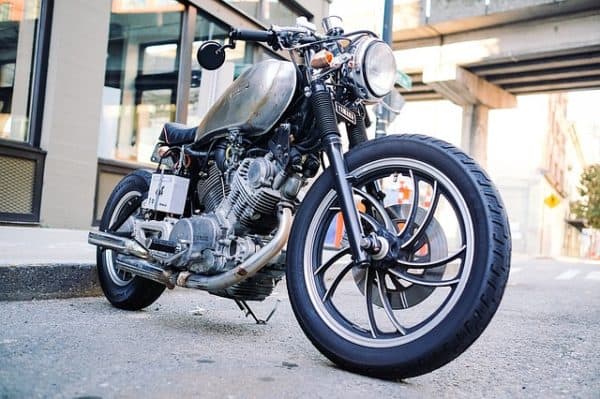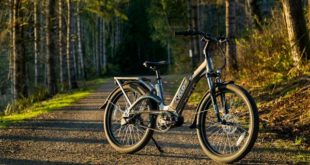There’s something incredibly cool about riding a motorcycle. If you want this opportunity, but are on a budget, purchasing a used bike is a great way to go. However, if you aren’t prepared, you might land a lemon. Plenty of first-time motorcyclists have sacrificed too many dollars to a junky bike that didn’t last a year.
Buying a used motorcycle isn’t an exact science, but it takes common sense and a little experience to do it just right. Research buying and selling guides, talk to your friends, and read all you can about finding the right bike. With the right guidelines, you shouldn’t have a problem negotiating a deal on a bike you’ll love. Here are some things you’ll want to know:
Choose the Type of Bike You Want
What type of riding will you be doing most often? Commuting, touring, sporting, and showing off all require unique bikes. The first on the list calls for comfort and high gas mileage. A souped-up engine and flashy flanks are much less important when you’re simply trying to get from point A to point B.
If you’re buying a bike for the purpose of showing off and touring, however, the engine and chrome finish are everything. You’ll pay more, but you’ll be the talk of the town in the best way.
Select a Dealer or Private Party
Your options for buying a used motorcycle almost always involve either a dealer or a private party. There are positives and negatives to using both.
Typically, a private party deal means you’ll save a few bucks because there are no dealer fees—as long as the owner adheres to market value. You can often negotiate a significantly lower price, and sometimes, private parties are more forthcoming about issues the bike may have as well.
However, private party deals also have their flaws. Sometimes, you find a shady character who’s more focused on making a buck than passing a great bike on to someone like you. They’ll overshoot market value and lie about past problems to close the deal.
A dealer is often the best choice if you really want to buy a motorcycle. Most reputable dealerships have a vested interest in selling bikes that are running well. You’ll also have the option of financing through the dealer, which is often easier than going through a private bank.
Expect to pay more at a dealer to cover their fees. While you can negotiate with dealers, they usually have a firmer limit than a private party.
Know Market Value
You’ll be taken for a ride (no pun intended) if you don’t know the market value of a bike you’re considering. Any time you seriously consider looking at a bike, visit the websites for Kelly Blue Book (KBB) and the National Automobile Dealers Association (NADA).
They feature the latest pricing on all makes, models, and editions of today’s motorcycles. They also have blogs and resources to help you make an informed purchasing decision. If you know the market value for a specific bike, you won’t be taken in by a private party or dealer trying to make a quick buck.
Inspect the Bike
When you’ve made an appointment with a dealer or private party, a thorough inspection is vital, but only if you know what you’re looking for.
Check the VIN. There’s a pretty big market for buying and selling stolen motorcycles, and you definitely don’t want to be involved. A stolen bike will likely have the VIN filed off and/or re-stamped. If it doesn’t look like the original factory stamp, it’s best to look elsewhere.
Look for wear and tear. Ask the owner to let you examine it cold, which means it’s been at least a few hours before it’s been used. A warm bike is more likely to start up quickly and hide obvious problems with the starter. If you find obvious signs of wear, and you don’t have the funds for repairs, it’s best to look elsewhere.
Examine the extras and amenities. The bar ends, levers, foot pegs, and other amenities are not only important to your comfort when riding, but they can also tell a lot about the age and wear of the vehicle. If they’re damaged or broken, you can assume that the bike has hit the pavement a few times, which could indicate further damage. Also, check for potentially missing extras and amenities to see if this is the right bike for you.
Take it for a ride. This might go without saying, but you should never purchase a bike without riding it first. You can tell a lot about the shape and quality of a bike when you’re straddling one on the open road. Listen carefully to the engine, and note if anything feels off.
These guidelines are designed to help even novice bikers find the ideal ride. Research more ways to know you’re getting a great bike, and don’t be fooled by people with only their best interests in mind.
 Gearfuse Technology, Science, Culture & More
Gearfuse Technology, Science, Culture & More

